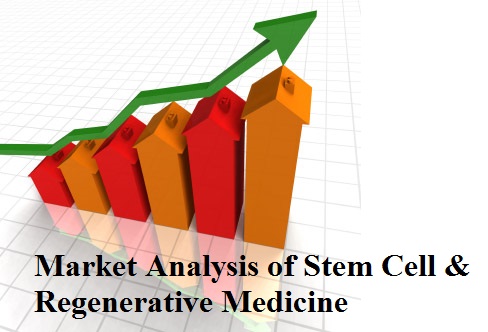Jasbir Rattu
CeutiQus Limited, UK
Title: Maximising Integrated Quality (IQ) in Advanced Therapy Medicinal Products (ATMPs) and regenerative medicines
Biography
Biography: Jasbir Rattu
Abstract
IQ= QRM x QbD x QMS. Quality risk management is an enabling process that supports the product life cycle and is an integral part of an organisation’s pharmaceutical quality system. The ultimate goal of the QRM process is to bring focus and effort to the issues that impart the highest risk to product quality and/or patient safety. Therefore, as QRM is ultimately linked to the protection of the patient, a modern PQS cannot truly function properly in the absence of an effective, integrated QRM system. QRM is a systematic process for the assessment, control, communication and review of risks to the quality of the medicinal product. It can be applied both proactively and retrospectively. Therefore, the objective is not just to identify risk, but to provide information to help make better and informed decisions to mitigate and reduce risk, thus improving the process. Hence, it is critical to understand and effectively and optimally use the most appropriate risk management tools and approaches. The consistent and effective analysis of risks associated with manufacturing processes and quality systems typically leads to more robust decisions reduces uncertainty and leads to greater confidence in outcomes. These QRM elements must be embedded throughout the organisation through policies, procedures and reinforced via effective training. Quality by design requires a deep understanding of the product and process science which impacts quality and hence performance. Quality Management System is the set of systems which ensure high quality is continuously improved e.g. audit systems, change control systems, deviation management systems etc. Continuous improvement of QRM multiplied by excellent QbD understanding and again by reliable Quality Management Systems provides a powerful optimised integrated quality system. This presentation discusses best practice including my experience of successfully implementing integrated quality systems in high risk areas such as regenerative medicine and other areas of the biopharmaceutical industry including applications to cutting edge advanced therapy medicinal products e.g. cell and gene therapies such as CAR-T cells in immuno-oncology to the tissue engineering of organs such as the eye and stem cell-based therapies for treating optic neuropathies such as glaucoma.

